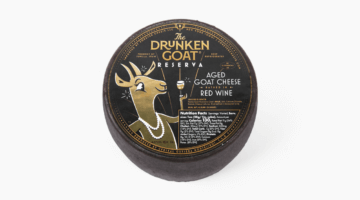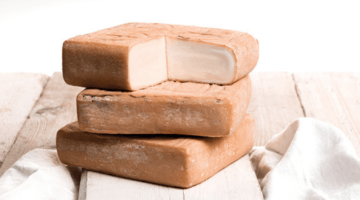The Power of Mothers
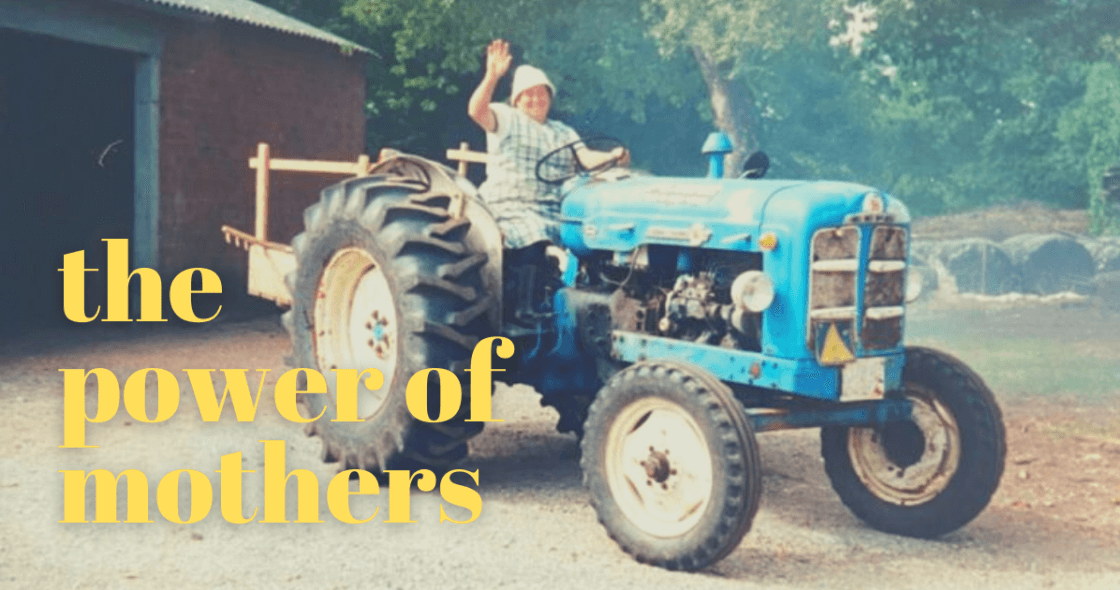
Women have been caring for animals, making cheese, and aging it for thousands of years. Though the majority of those who own cheese businesses today are men, the tradition rests with women, most of whom receive no glory or recognition. Despite this fact, our producers cite their mothers and grandmothers as the reason why many of them do what they do today. These women are an extremely important part of the narrative of traditional foods, though their impact often gets lost. In this newsletter, we want to honor some of the women who influenced the people we work with. Though the details vary per person, these women maintained households, supported families, made cheese, shared their knowledge, and instilled in their children a deep love for their home and the food traditions that come with it. Without their guidance and eagerness to share, the impact would be devastating: we would lose generations of acquired knowledge and in turn, the cheeses and foods we love. Let the following stories, straight from our producers, remind us to respect the origins of our food and the power of mothers.
Javier, maker of San Simón:
“The people who most influenced me were my mother and grandmother. I remember as a child, being surrounded by cheesemaking. In my house, my grandmother, mother, and sister made 2-3 artisanal cheeses per day. It’s a very clear memory I have from my childhood, as I was always a homebody and helped a lot at home. I spent many hours with my mom Elia, and by the time I was 10 years old, I knew exactly how to make cheese. Although I wasn’t doing it on my own, I knew all of the steps and technicalities of making artisanal cheese like I do today. My mom always said that things should be made with love, and you should always dedicate lots of love to the rural life. And probably because of that, I felt compelled to stay in my village. After studying, I made the decision to return home, to my parents’ dairy, to make cheese. I made this decision because I like living and working in the countryside. When they retired, I became the head of the dairy, where I am to this day. We are all here, the whole family living together, and I’m very content with my decision. I think I decided on this way of life thanks to my childhood that took place in the middle of cheese, in the middle of cows, in the countryside.”
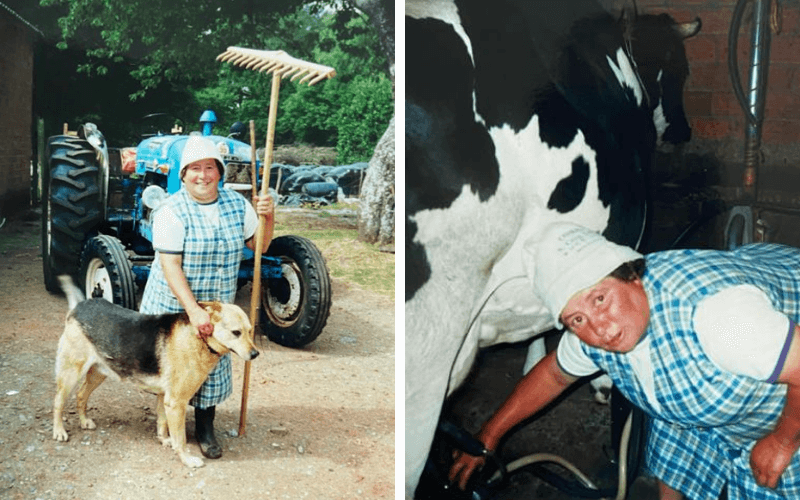
Paola, maker of Casa Forcello® mostardas and compotes:
“Pears, sugar, mustard essence. Time and skills. The recipe of Casa Forcello® Pear Mostarda has origins that go way back. It was my paternal grandmother Sibilia from San Benedetto Po, a small town in the Mantova countryside, who taught me how to make mostarda. She had an incredible talent for making fruit and vegetable preserves. She loved to add the seasonal colors and flavors to the jars, and this is what we do now.
In the past, it was unusual to have cookbooks, and Grandma Sibilia didn’t even keep a notebook to write down quantities and instructions – she taught them to us by doing. We were supposed to repeat and remember them by heart…and shame on us if we forgot them! That’s what happened with the Pear Mostarda; it was always in our home, paired with a piece of Parmigiano Reggiano or Grana Padano.
On the other hand, my maternal grandmother, Lina, was a great chef. From her I inherited my passion for cooking. This precious picture shows both Sibilia and Lina. Back then, pictures were only taken for special occasions: this is the baptism of my sister Alessandra.”
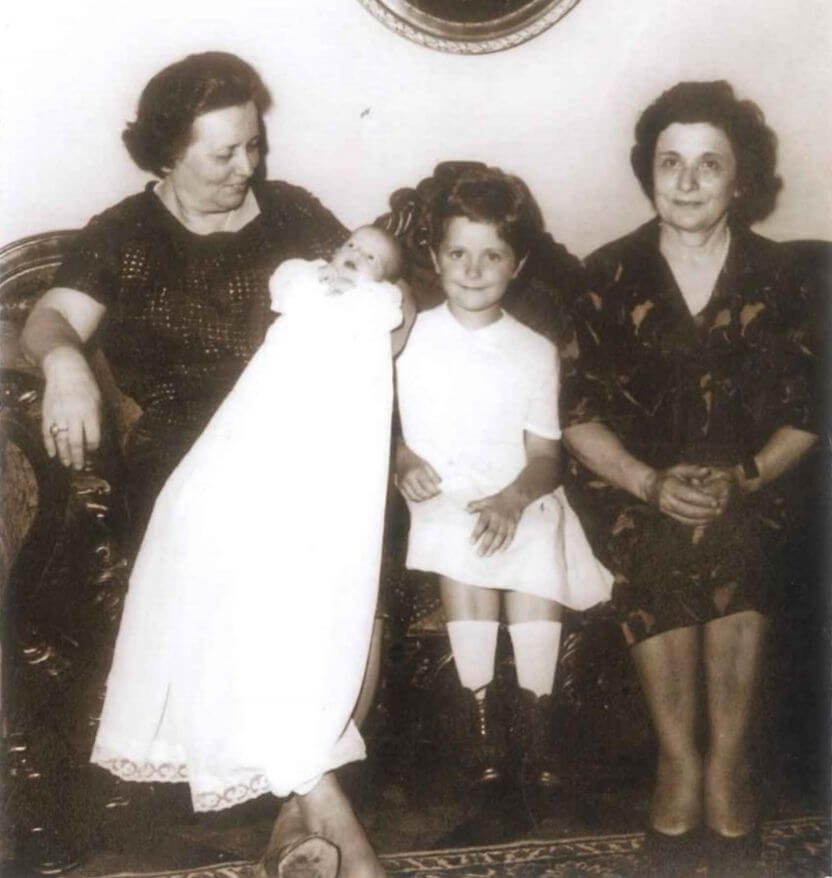
Pedro, maker of Montealva:
“My mother Lola was born in 1956 to a family of farmers in the mountains of Cádiz. She was the oldest of six siblings, so she always helped her parents with chores on the farm. She also went to school on the farm where the family kept a herd of goats, taking classes after finishing her work, which included milking, feeding the kids, and making cheese. Even though she had been doing these chores since she was very little, she never lost her love for the countryside. She gave birth to three children, always teaching us to love the country and animals, and giving a lot of importance to those people who worked the fields and farms.
She shared all her knowledge about how to make artisanal traditional cheese – including how to extract rennet from the stomach of kids, and how to milk the goats by hand. She knew the exact temperature the milk needs to be in order to coagulate – she would heat it over a fire, which was a lot of labor and time. Once the milk coagulated, she used a wooden stick to gently separate the curds and whey. She put the curds in molds made of esparto grass, pressing them by hand, and used the extra whey to feed the pigs. Of everything that Lola gave to us, the most important was to treat everything with love and care – from milking the goats to eating the cheese. It is fundamental to know that cheese is living and you have to treat it well so it gives you all its flavor.”
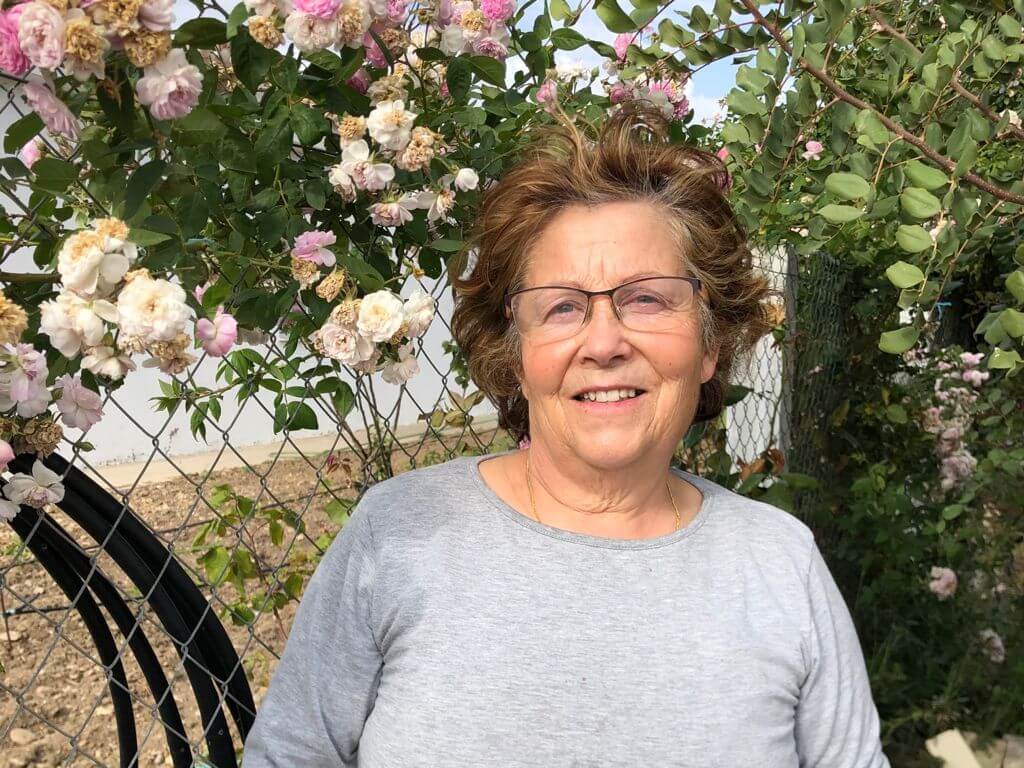
Mikel, maker of aMona Romesco & Mojo Picón:
“My grandmother was Marcelina Gomez. Thanks to her, my amona, I am passionate about cooking. I grew up in front of her stove, where she would cook her specialties daily. Until I was 12, she had a flat grill that was fueled by charcoal and wood. I still remember the smells and flavors of the dishes she cooked, like bean stew with potatoes, pork belly, and clams in green sauce. Though she eventually converted to a gas stove, my time in front of that wood stove, absorbing every move she made, sparked something in me and influenced my decision to become a chef. She always cooked using what was available seasonally – fish, meat, and veggies. In the summer, when produce was plentiful, she would cook down fruits and veggies to preserve them for the winter. I named my brand of specialty sauces, aMona, in her honor; amona means grandmother in Basque. I try to uphold her values in the kitchen, cooking with lots of love, excellence, and using the finest ingredients.”
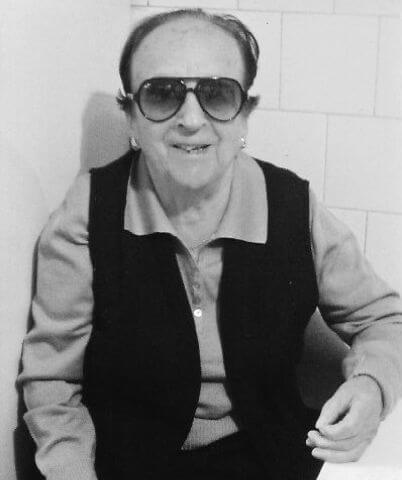
From Josep, maker of Garrotxa, Gotes Catalanes:
“I was born in a house of farmers. I wanted to be a farmer. I studied farming and my passion is tractors, farming, the countryside. My mom Nati made cheese – not as a hobby, but as a business. She also had a restaurant. When I finished studying, I saw that I could have more opportunities through making cheese than farming with my dad. My mom made it very easy and let me choose – she wanted me to be my own boss, to make mistakes, and to learn. She taught me how to make cheese, having 10 years of experience before I joined, and we worked together. I learned a lot in those first years. I started very small, just myself working, and today am I much further than I ever though I would be. And I’m very happy! I have really enjoyed my work. And now that my father is older, I can also do some farming, so I feel very fortunate. I have two children, aged 14 and 16, and they both want to continue my work, so I feel very content.”
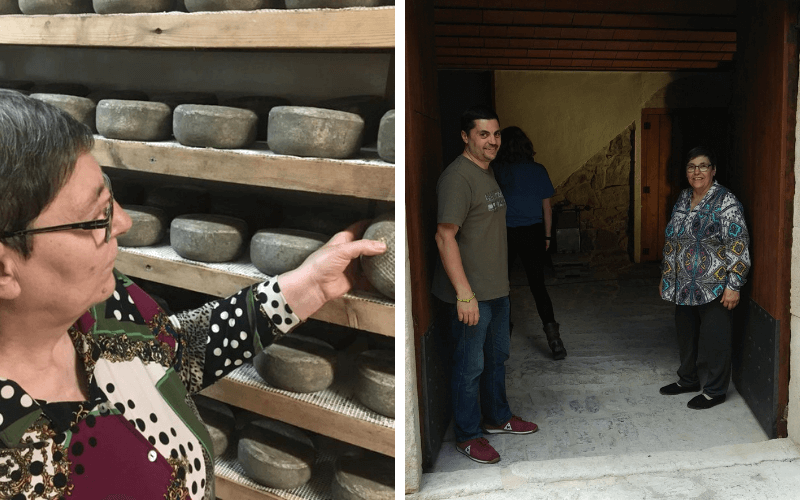

To honor the goddess Cybele, known as the Great Mother of the Gods, Romans ate a mixture of cheese, garlic, and herbs (moretum) during her feast days in March. She represented motherhood, fertility, and had a deep respect for wild nature as a protector of all life. If you’ve been to Madrid, Spain, the fountain in the Plaza de Cibeles features a statue of her on a chariot drawn by two lions.



